Can You Freeze Cabbage? Yes, and Here’s How To Do It Right
Primal Edge Health participates in the Amazon Services LLC Associates Program and other affiliate programs and therefore, may collect a share of sales or other compensation from the links on this page. This comes at no additional cost to you, and all the prices and availability are accurate at the time of publishing.
Have you wondered, “Can you freeze cabbage?” after struggling to use up a whole head before it starts to wilt? You absolutely can freeze cabbage; the steps are straightforward, and this guide will show you how to do it right.
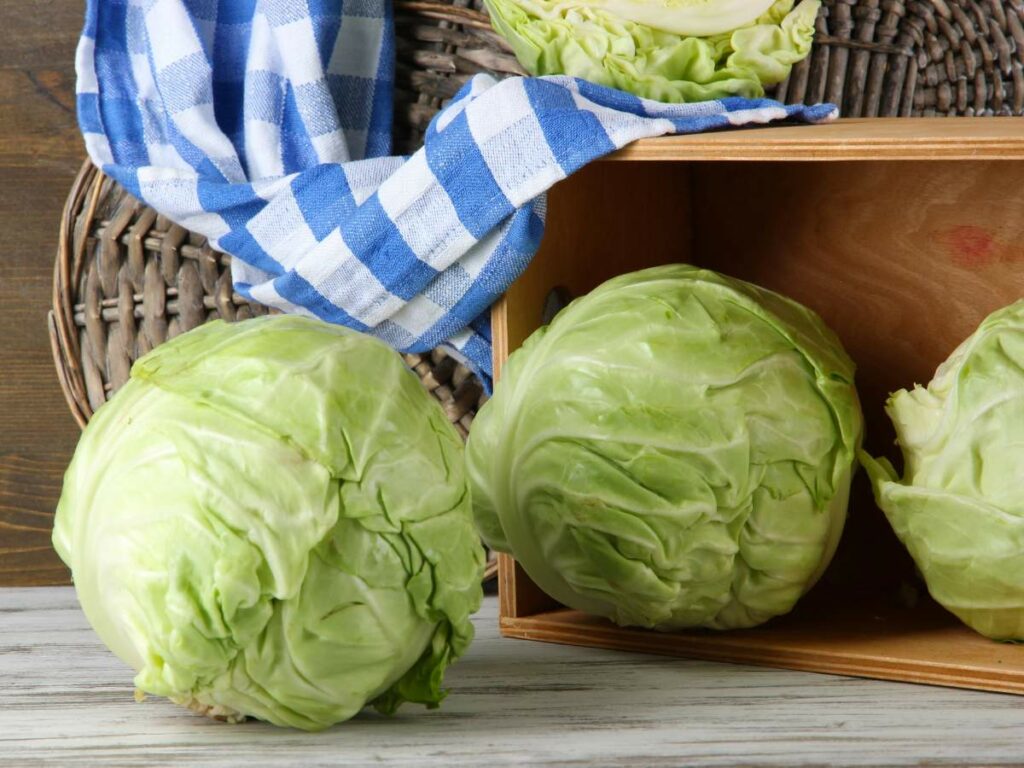
Unless you have a big family or are making cabbage soup, it’s not so easy to finish a whole head of cabbage before it wilts. In my house, cabbage isn’t a favorite vegetable, but I still make it a point to include it in meals for its nutritional benefits and texture.
However, cabbage is rarely a main ingredient, which means there are often leftovers. I admit that I wasted quite a lot before I learned how to freeze cabbage properly. So, whether you have lots of leftovers or a surplus from your garden, here’s how you can preserve cabbage in the freezer.
Benefits of Freezing Vegetables
Freezing vegetables is a valuable preservation method that offers several benefits. Here are some of the most important ones:
- Freezing them preserves freshness, nutrition and natural flavors, allowing fresh vegetables to be enjoyed year-round.
- It minimizes food waste and is cost-effective, allowing bulk purchases during lower-priced seasons.
- Freezing vegetables like cabbage is convenient and allows you to use them later in recipes, like cabbage and sausage or fried cabbage and bacon.
- You can savor the taste of seasonal vegetables all year long, no matter the season. For example, you can freeze zucchini during the summer so you can enjoy it for the rest of the year.
- Freezing helps preserve essential vitamins and minerals, ensuring you get the most nutrition from every bite.
How to Freeze Cabbage
Freezing cabbage is a great way to preserve its freshness and nutritional value for an extended period. Here’s a step-by-step guide on how to do it:
- Clean the cabbage: Start by thoroughly washing the cabbage under cool, running water. Remove any outer leaves that might be damaged or wilted.
- Chop, shred or separate leaves from the cabbage: Decide how you want to use the frozen cabbage later. You can either chop it into bite-sized pieces or shred it for coleslaw or Ruben bowls. You can also choose to separate the cabbage leaves from each other.
- Blanch the cabbage: Blanching is a crucial step to stop enzyme activity that can cause loss of color, flavor and nutrients during freezing. Bring a large pot of water to a boil and blanch the cabbage for one to two minutes, depending on the size of the pieces.
- Shock in ice water: Immediately transfer the blanched cabbage into a bowl of ice water to halt the cooking process. This process will help retain its crispness and color.
- Drain and dry: After shocking, drain the cabbage thoroughly and pat it dry with paper towels to remove excess moisture.
- Pack for freezing: Divide the cabbage into portions that you will likely use in one go. Use airtight freezer bags or containers and remove as much air as possible before sealing.
- Label and date: Label the storage bags or containers with the date of freezing to help keep track of their freshness.
“When I have leftover cabbage, I cut it into large chunks or quarters and blanch it in a salty hot water bath for a minute. Then, I transfer it to a bowl of cold water. Drain the cabbage and then let it dry on a clean towel. Before freezing it, I like to shred the cabbage into small pieces so it’s ready to add to stir-fries, soups or casseroles. Finally, I store the dried cabbage in freezer bags.”
— Jere’ Cassidy, One Hot Oven
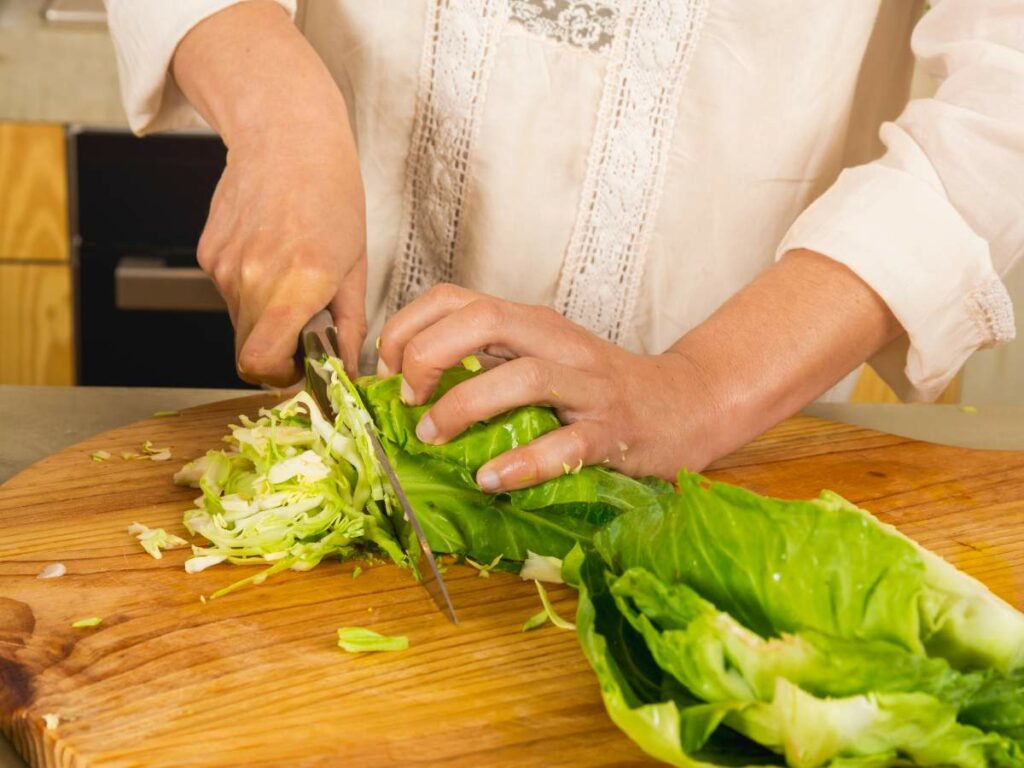
Can You Freeze Cabbage without Blanching?
Yes, you can freeze cabbage without blanching, but blanching is recommended as it helps maintain its color and flavor while freezing. Blanching also stops enzyme activity that can lead to the breakdown of the cabbage over time.
Skipping the blanching process minimizes the time needed to freeze your cabbage, which is a plus. If you choose to freeze cabbage without blanching, keep in mind that there may be changes in color, texture and taste compared to blanched frozen cabbage.
To freeze cabbage without blanching, follow these steps:
- Clean the cabbage: Wash the cabbage thoroughly under cool, running water and remove any damaged or wilted outer leaves.
- Chop or shred the cabbage: Decide how you want to use the frozen cabbage later and chop it into bite-sized pieces or shred it.
- Dry the cabbage: Use a paper towel to pat the cabbage dry and remove any excess moisture. Excess moisture can lead to freezer burn and affect the quality of the frozen cabbage.
- Pack for freezing: Divide the cabbage into portions you will likely use in one go. Use airtight freezer bags or containers and remove as much air as possible before sealing.
- Label and date: Label the bags or containers with the freezing date to help keep track of their freshness.
How Long Can You Freeze Raw Cabbage?
When stored at 0 F or below, frozen cabbage can retain its quality for about eight to 12 months. Though, for the best taste and texture, it’s recommended to use it within six to nine months. After this time, while it may still be safe to eat, the quality will decrease.
How Long Can You Freeze Cooked Cabbage?
Cooked cabbage can maintain its quality for about two to three months when stored in the freezer. Once cooked, allow it to cool to room temperature, then follow the same packing and freezing steps as mentioned earlier for fresh cabbage.
How to Thaw Frozen Cabbage
Thawing frozen cabbage properly is key to maintaining its texture and flavor. The best method is refrigerator thawing, where you place the frozen cabbage in a bowl or on a plate to catch any excess moisture and let it thaw in the refrigerator for several hours or overnight. This slow thawing process helps retain the cabbage’s texture and flavor.
If you need a quicker option, cold water thawing works well. Keep the cabbage in its airtight packaging and submerge it in a bowl of cold water, changing the water every 30 minutes to ensure it stays cold. This method typically takes a couple of hours.
For an even faster approach, you can use the microwave. Remove the cabbage from its packaging and place it in a microwave-safe dish. Use the defrost setting, checking and stirring every few minutes to ensure even thawing. Be cautious with this method, as it can sometimes affect the texture.
If you’re in a hurry, you can also cook the cabbage directly from frozen by adding it to soups, stews, or stir-fries. Just adjust the cooking time to ensure the cabbage heats through and integrates well into your dish.
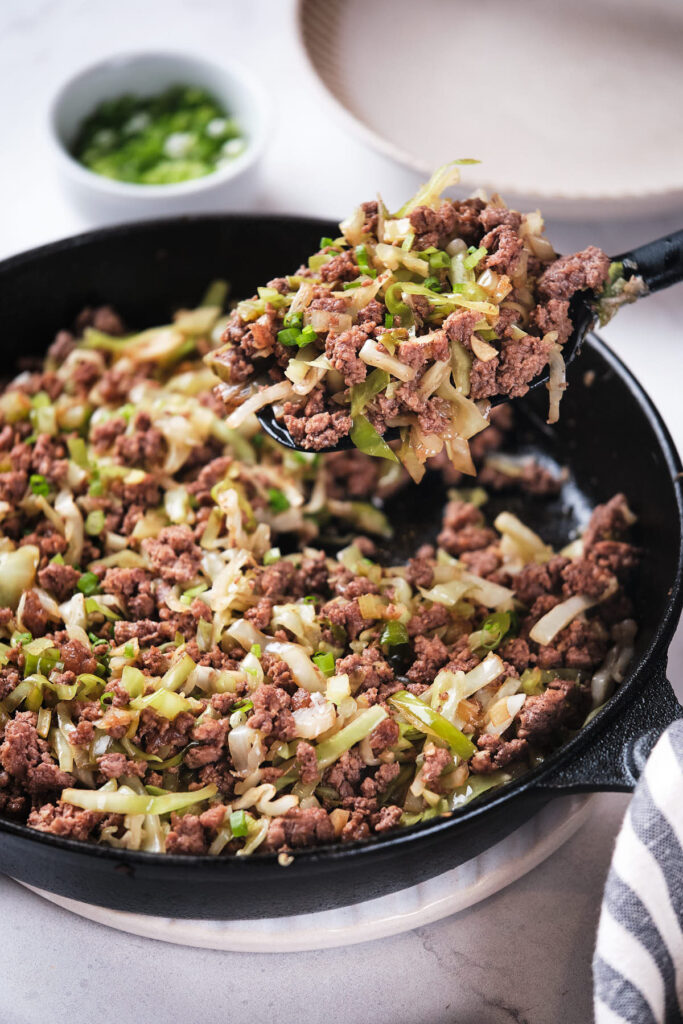
Tasty Recipes for Your Frozen Cabbage
So, what do you do with your preserved cabbage? There are a lot of recipes you can try beyond coleslaw and cabbage soup. Here are some of my favorites:
- Turn the classic alfredo into a low-carb favorite with this cabbage and sausage alfredo recipe
- Whip up this ground beef and cabbage stir-fry for a quick and easy dinner that the whole family will enjoy
- Try these curry cabbage pancakes for a low-carb treat with a classic Indian twist
- Cook this super simple yet comforting braised cabbage recipe when you don’t feel like prepping a full meal but still want something nutritious
- Craving some noodles but want a low-carb meal? Try these cabbage noodles with ground beef and liver instead of zoodles for a change
Start Preserving Your Cabbage Today
Freezing cabbage is a simple and effective method to preserve its freshness and nutritional value for an extended period.
You can successfully freeze cabbage with the easy-to-follow steps outlined in this guide. Whether you choose to blanch the cabbage or freeze it without blanching, both methods offer advantages. Blanching helps maintain the cabbage’s color, flavor and texture, while freezing without blanching provides a quicker process with some potential changes in the final result.
So, the next time you wonder, “Can you freeze cabbage?” you can confidently do it right. Let me know in the comments if you tried these methods!
Portions of this article originally appeared on Food Drink Life.



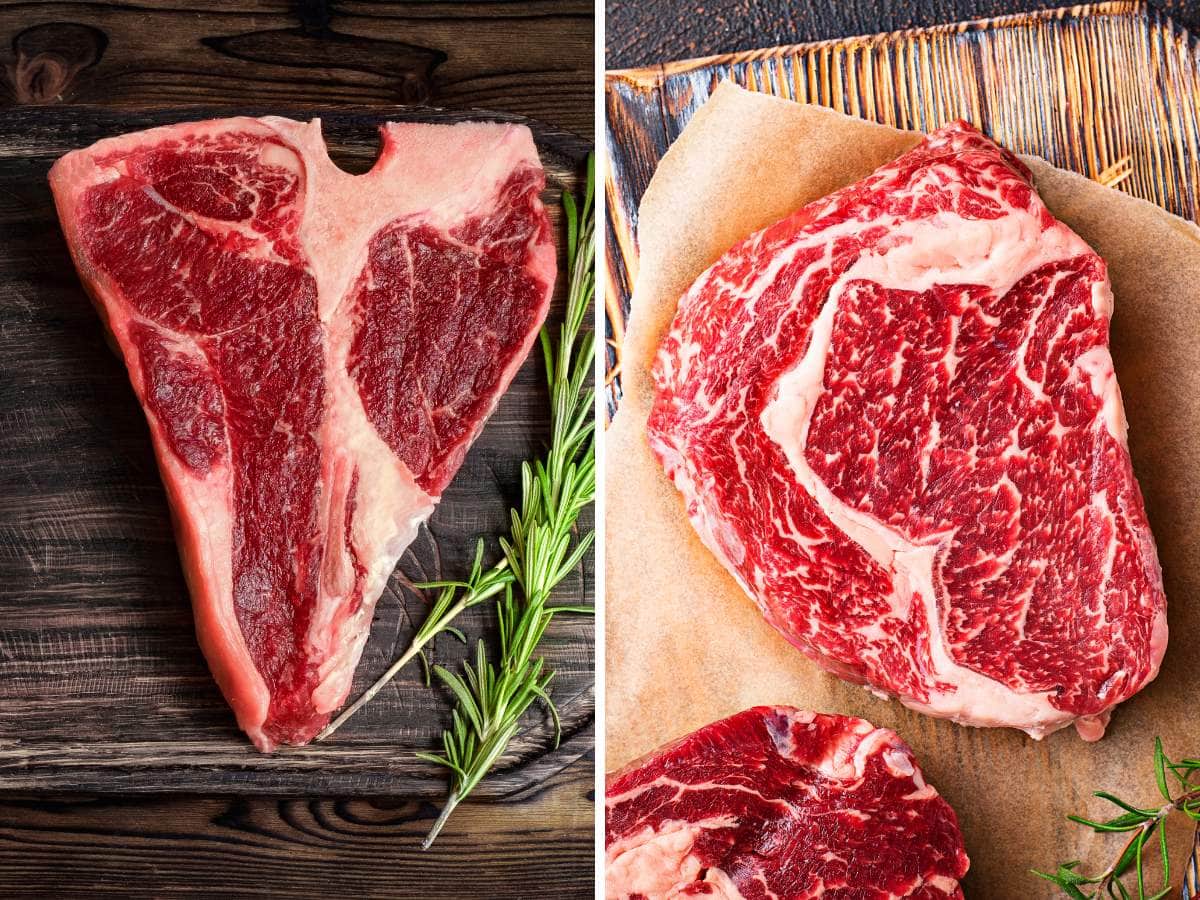
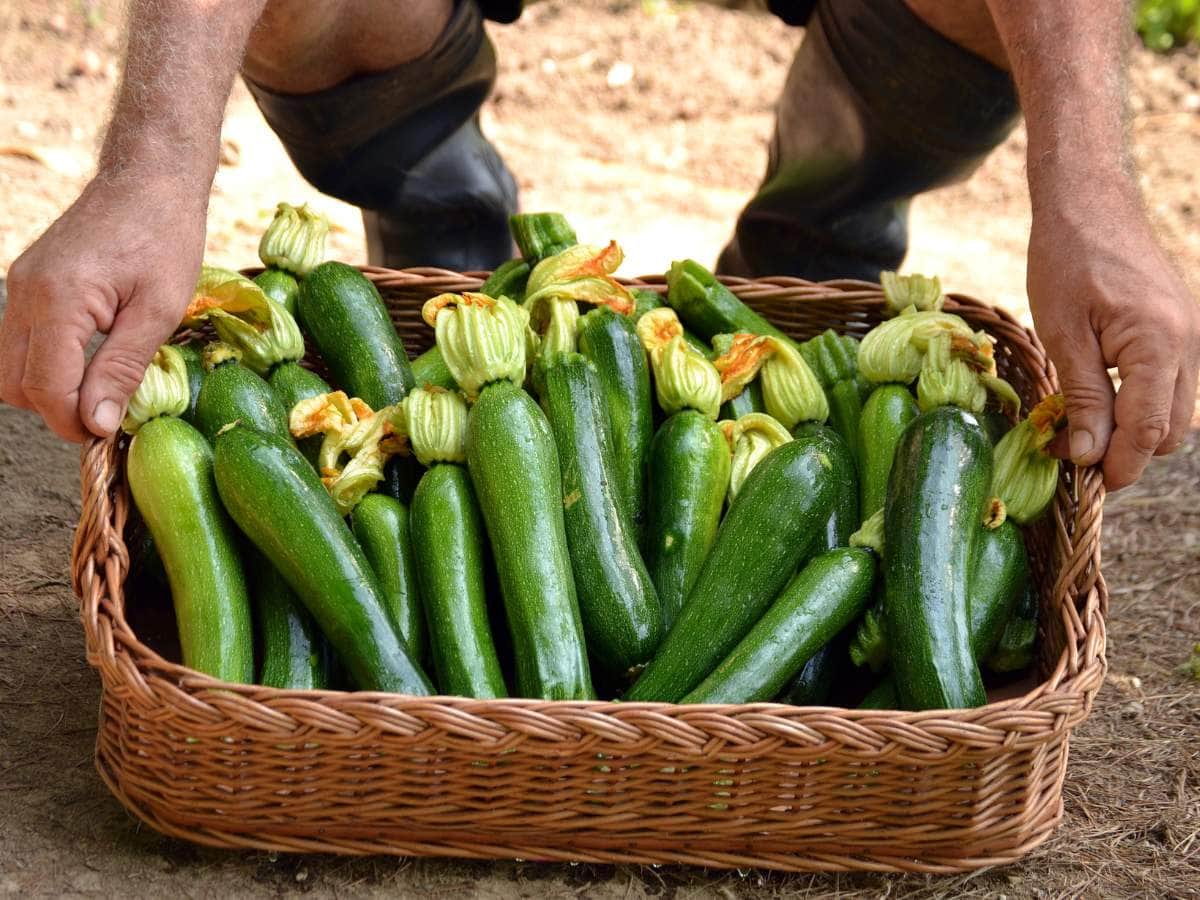
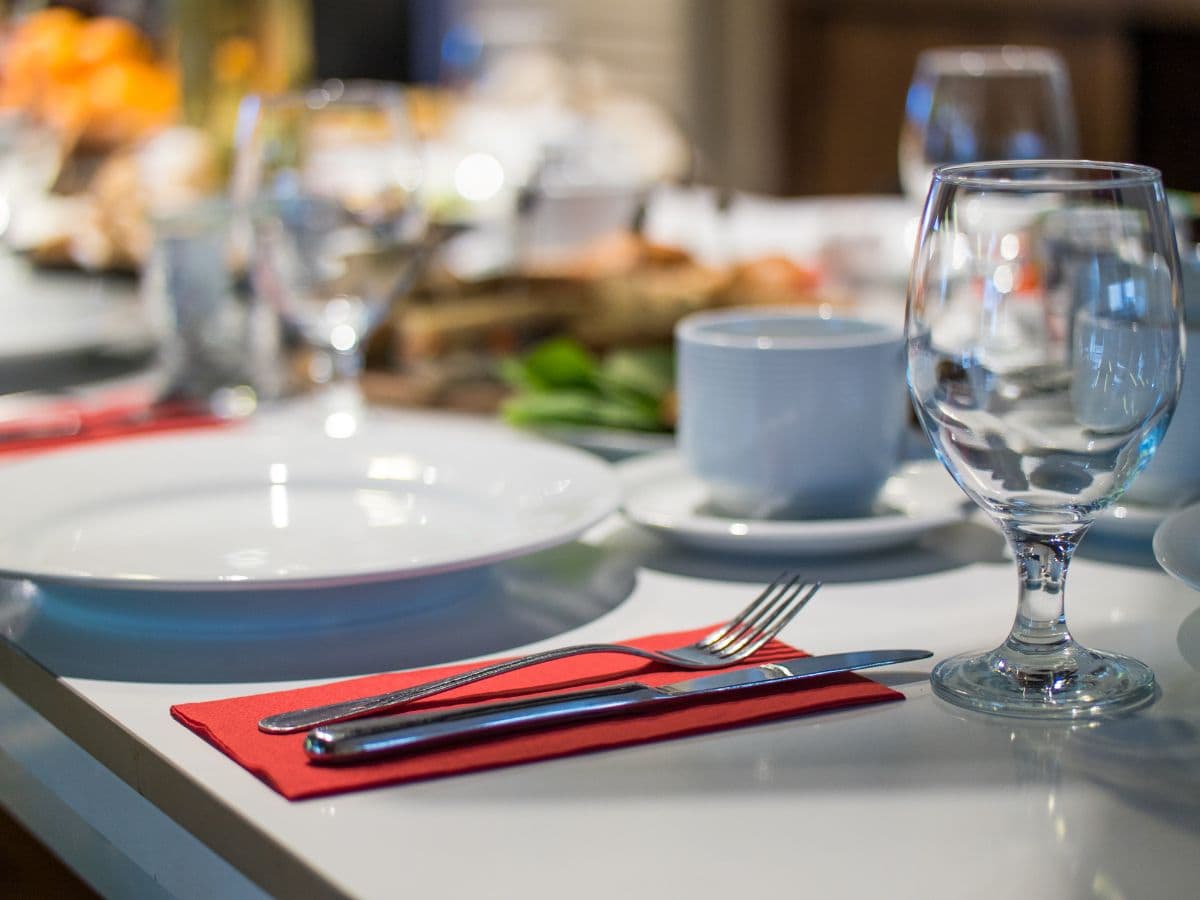
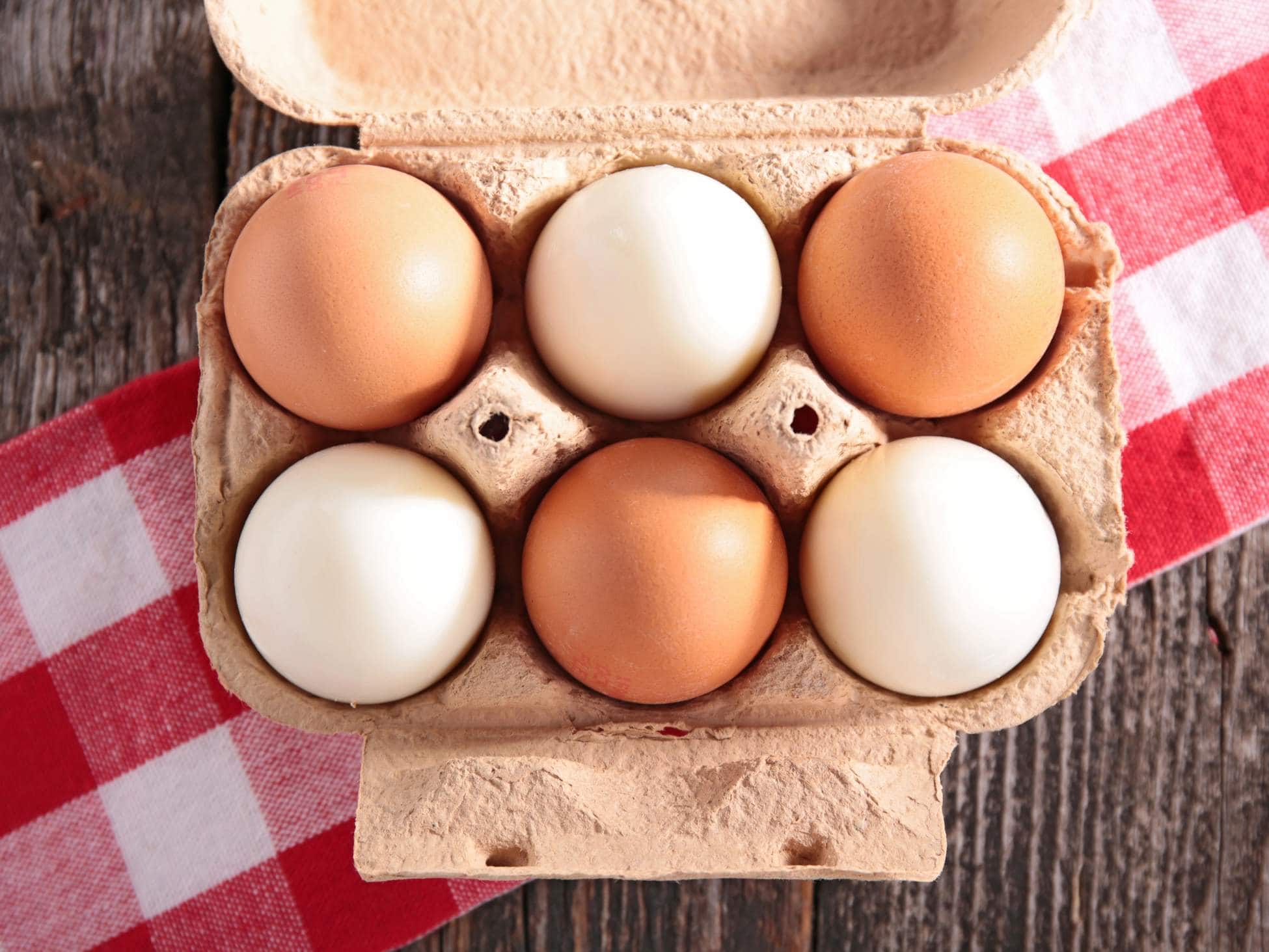

Would I still blanch if using for coleslaw ? as I like to make my own as it’s healthier n I can control carbs but I end up wasting so much. Just worried that blanching it would be ‘cooking’ it & not be suitable ?
Hi Louise, I share the same concern as you. I think fresh cabbage is best for coleslaw, while blanched and frozen would be preferrable for stir-fry or soup later.